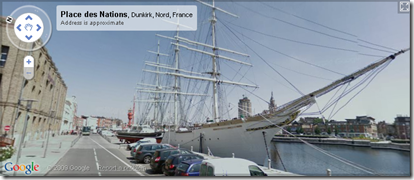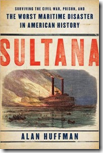Well, that the opinion of ALAN FEUER in his Rooms column in today’s (April 22, 2009) of the New York Times (Time and Tide Gnaw at a Downtown Enclave) While sounding a little harsh, there is more than a ring of truth to it and frankly therein lies the India House’s charm. At least for me.

A maritime curiosity shop as much as a luncheon club, the India House was where I was taken on a number of occasions by the “big wigs” to celebrate successes when I was cutting my business teeth. For good luck it was always a good idea to rub the belly of the big fat smiling Buddha standing sitting guard inside the front doors. If you like maritime culture, history and heritage, this place is like Disneyland (with cobwebs and expensive threadbare Persian rugs).
And this was a place where captains of industry made history. From the India House’s website:
We will never fully know how discussions over luncheon and private meetings at India House changed history from 1914 through World War Two. The maritime historian, Frank O. Braynard, in his 1973 foreword to the second edition of The Marine Collection at India House, states that “England could not have survived [World War Two] without the armada of American-built, American-manned, American-operated merchant vessels…managed by many of the outstanding members of India House.”
So without the India House, German might be spoken in England today. (more India House history)

Click on the above article for a PDF download of the original 1914 story which makes interesting reading. I was particularly struck by the following paragraph which shows how little things have changed in nearly 100 years.

From the sound’s of Feuer’s article, the same people who I spied across the room thirty years ago are still going there today. They appeared to be pretty old back then so there must be something good going on here. Maybe the new marketing pitch should be “Eat in the India House and Live Forever!”
This economy is causing all kinds of casualties. And while most people wouldn’t notice if the India House rolled up its carpet, it would be a real loss to our national maritime heritage. And heck, where else can you go and grab a good turkey club and feel like you are eating in a maritime museum.
The NY Times has a cool interactive feature you should check out.
Previous NY Times article: Streetscapes/India House, at 1 Hanover Square; A Club Created With the Theme of World Commerce














